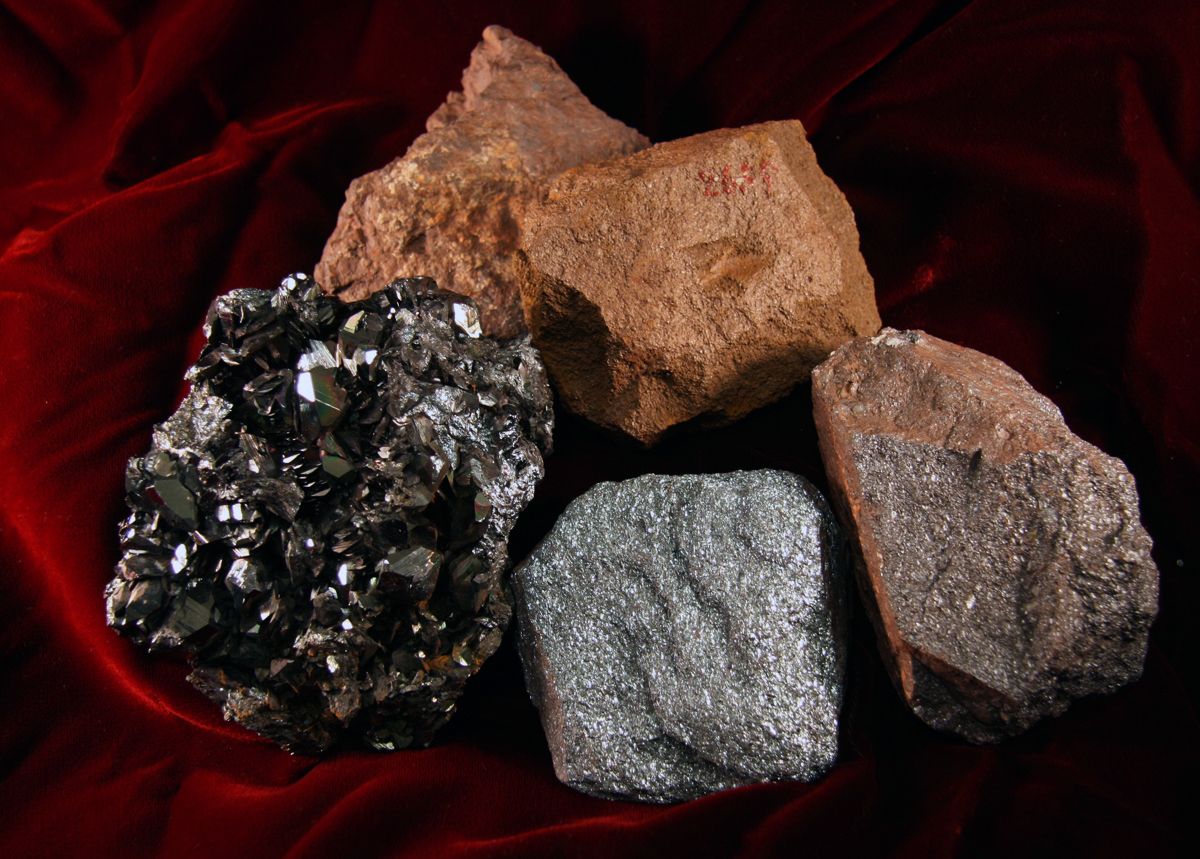
Africa is a vast and diverse continent, rich in history, culture, and natural wonders. From the towering peaks of Mount Kilimanjaro to the expansive Sahara Desert, Africa offers unparalleled geographic diversity. It’s home to unique wildlife, ancient civilizations, and thousands of languages and ethnic groups. Whether you’re exploring its historical landmarks or learning about its significant contributions to the global economy, these 50 facts will provide fascinating insights into the many layers that make Africa truly extraordinary. Let’s dive into the essential facts.
Geography of Africa
- Africa is the second-largest continent, covering over 30 million square kilometers.
- The Sahara Desert is the largest hot desert in the world.
- Mount Kilimanjaro is the tallest mountain in Africa, standing at 5,895 meters.
- The Nile River, stretching over 6,650 kilometers, is the longest river in the world.
- Lake Victoria is the largest lake in Africa, shared by Uganda, Tanzania, and Kenya.
- The Great Rift Valley stretches from Lebanon to Mozambique and is known for its geological significance.
- Africa is home to the largest tropical rainforest in the world, the Congo Rainforest.
- The Namib Desert is one of the oldest deserts on the planet, over 55 million years old.
- Africa has the world’s largest population of megafauna, including elephants, hippos, and giraffes.
- The equator passes through 13 countries on the African continent.
Culture and Society
- Africa is home to over 3,000 ethnic groups, each with its own language and customs.
- More than 2,000 languages are spoken across the continent.
- Swahili is the most widely spoken language in Africa.
- The Berbers of North Africa have lived in the region for thousands of years.
- Ethiopia is the only African country that was never colonized by a European power.
- African masks are an important part of rituals, used in ceremonies to represent ancestors or spirits.
- Africa’s art traditions are deeply symbolic, often linked to community, religion, and history.
- The Himba people in Namibia are known for using red ochre to cover their skin as protection from the sun.
- Egyptian hieroglyphs are among the oldest known writing systems in the world.
- Ancient African kingdoms, such as Mali and Great Zimbabwe, were centers of wealth and trade.
Wildlife and Nature
- Africa is the only continent to stretch across both the northern and southern hemispheres.
- Africa is home to the “Big Five” animals: lion, elephant, buffalo, leopard, and rhinoceros.
- Madagascar has many species of wildlife, like lemurs, that can’t be found anywhere else in the world.
- The African elephant is the largest land animal, weighing up to 7 tons.
- Africa’s Congo River has the second-largest water discharge in the world, after the Amazon.
- The cheetah, known for being the fastest land animal, can reach speeds of up to 70 mph.
- Africa has more than 25% of the world’s bird species.
- The Okavango Delta in Botswana is one of the largest inland deltas and a UNESCO World Heritage Site.
- Africa is home to more than 400 species of primates, including gorillas and chimpanzees.
- The Victoria Falls in Zambia and Zimbabwe is one of the largest waterfalls in the world.
History and Politics
- Africa is considered the birthplace of humanity, with early human fossils discovered in Kenya, Ethiopia, and South Africa.
- The Olduvai Gorge in Tanzania is one of the most important prehistoric sites in the world.
- The Great Pyramid of Giza is the last remaining of the Seven Wonders of the Ancient World.
- Nelson Mandela became South Africa’s first black president in 1994, after serving 27 years in prison.
- The Berlin Conference in 1884 divided Africa among European powers without African input.
- Apartheid in South Africa lasted from 1948 to 1994, enforcing racial segregation.
- The Kingdom of Axum in present-day Ethiopia was a powerful trading empire during antiquity.
- Ghana was the first African country to gain independence from colonial rule in 1957.
- The Scramble for Africa in the 19th century led to the colonization of nearly the entire continent.
- Rwanda experienced a devastating genocide in 1994, where an estimated 800,000 people were killed.
Economy and Resources
- Africa holds 30% of the world’s mineral reserves, including diamonds, gold, and oil.
- The Democratic Republic of the Congo is home to 70% of the world’s cobalt production, used in batteries and electronics.
- South Africa is the largest producer of platinum in the world.
- Nigeria is the largest oil producer in Africa and the 12th largest in the world.
- Africa’s agriculture employs about 60% of the population, primarily in subsistence farming.
- Coffee is one of the most important export crops in East Africa.
- Diamonds are a major export in countries like Botswana, South Africa, and Namibia.
- Tourism is a growing sector, with many people visiting Africa for safaris and natural landmarks.
- Africa is seeing a rise in tech innovation, particularly in countries like Kenya and Nigeria.
- The continent has immense potential in renewable energy, particularly solar power due to its vast sun exposure.
Final Word
These 50 facts showcase the immense diversity and significance of Africa, from its breathtaking landscapes and rich cultural heritage to its unique wildlife and historical importance. The continent’s contributions to the world, whether through resources, history, or innovation, are undeniable. Understanding Africa’s complexity helps reveal how deeply it influences global affairs. As you reflect on these facts, it becomes clear that Africa holds an irreplaceable place in the world, with endless stories and knowledge yet to be discovered and shared.
Was this page helpful?
Our commitment to delivering trustworthy and engaging content is at the heart of what we do. Each fact on our site is contributed by real users like you, bringing a wealth of diverse insights and information. To ensure the highest standards of accuracy and reliability, our dedicated editors meticulously review each submission. This process guarantees that the facts we share are not only fascinating but also credible. Trust in our commitment to quality and authenticity as you explore and learn with us.


